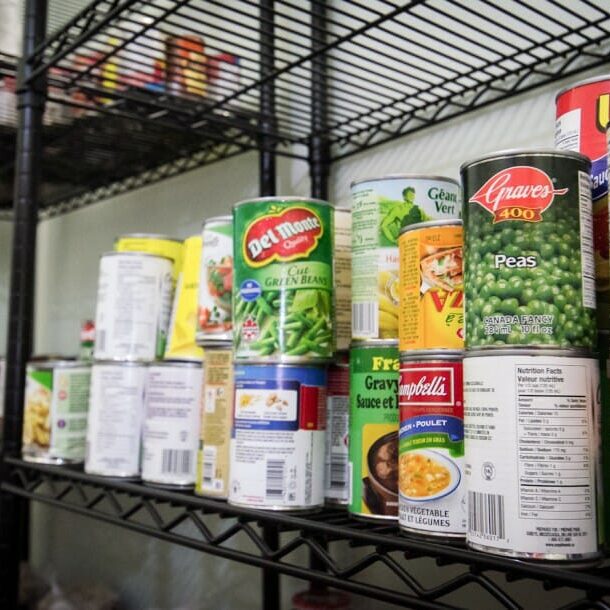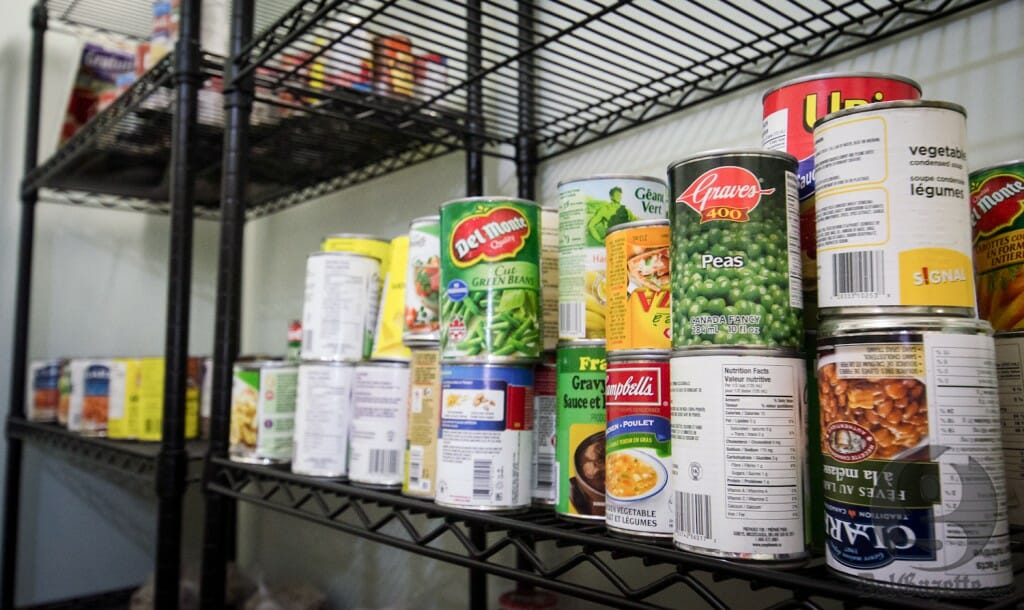
Dan Malone’s hunger pains were unmanageable. They hurt so much at times he couldn’t get out of bed for class. Malone, a third-year student at the University of King’s College, didn’t know there was a food bank within walking distance on campus until this year.
It is suggested we eat three meals a day. Before discovering the food bank, Malone couldn’t afford to do so.
The Dalhousie Student Union (DSU) opened a food bank in 2003, says Derrick Enslow, a health promotion program manager at Live Well @ Dal. The program started after four social work students recognized there was no support for students struggling with food insecurity. The students approached Live Well @ Dal to start a food bank that could assist students like Malone.
According to an article in Nutrition and Dietetics from February 2011, university students are struggling to have enough money to buy food in addition to paying tuition. Expensive fees have resulted in universities and student unions opening up campus food banks to support their students.
Malone has a student loan that covers rent for the year and his parents pay his tuition, which keeps increasing. They can’t afford both his expenses and tuition, he says. According to Statistics Canada, as an undergraduate student in Nova Scotia Malone would pay the third highest undergraduate rate in the country.
The food bank is one reason Malone is eating more than last year, but he only found out about it last month through word of mouth. He points out that there are a lot of advertisements on campus for meal plans but none for the DSU Food Bank.
“It is promoted, not extensively, mainly because we don’t receive a lot of food from Feed Nova Scotia,” says Enslow. Feed Nova Scotia organizes food bank donations throughout Nova Scotia. Enslow says the SUB food bank currently supports 30 to 40 people a week, but can’t afford to support any more then that.
Even for students who know about it, the food bank isn’t the easiest thing to get to. Malone says the first time he tried to go there he had difficulty finding what he described as a “broom-closet sized room” because the entrance is in an obscure corner of the basement of the SUB.
“I didn’t want to ask anyone where it was because of the stigma,” says Malone.
In 2012, Food Banks Canada reported that 882,000 Canadians were using food banks, which is an increase of 3.6 per cent from last year. And according to Feed Nova Scotia, the number of people using food banks in the province increased 4.7 per cent from last year.
Feed Nova Scotia provides the food donations for the DSU Food Bank, but healthy food is hard to come by. The food bank donations often include a lot of Kraft Dinner, crackers and canned goods—enough to keep hunger at bay, but with little nutritional value.
“One time we got three buckets full of jars of olives,” says Bridgette Belzevick, a fourth-year Dal nursing student who volunteered at the food bank.
According to Enslow, the student union’s food bank receives about 10 to 12 banana crates of food every Thursday, and most of it is gone by Friday.
“We could be doing a better job soliciting donations,” he says.
Though the food isn’t ideal, Malone says the bank is essential for him. “I’m obviously not going to have a healthy diet eating Kraft Dinner and cereal, but at least I’m not hungry,” he says.
“About a month ago, I was convinced I was going to drop out,” says Malone. “I wasn’t eating, I was stressed with school and I’m not guaranteed a well-paying job when I graduate. I just wasn’t sure anymore.”







